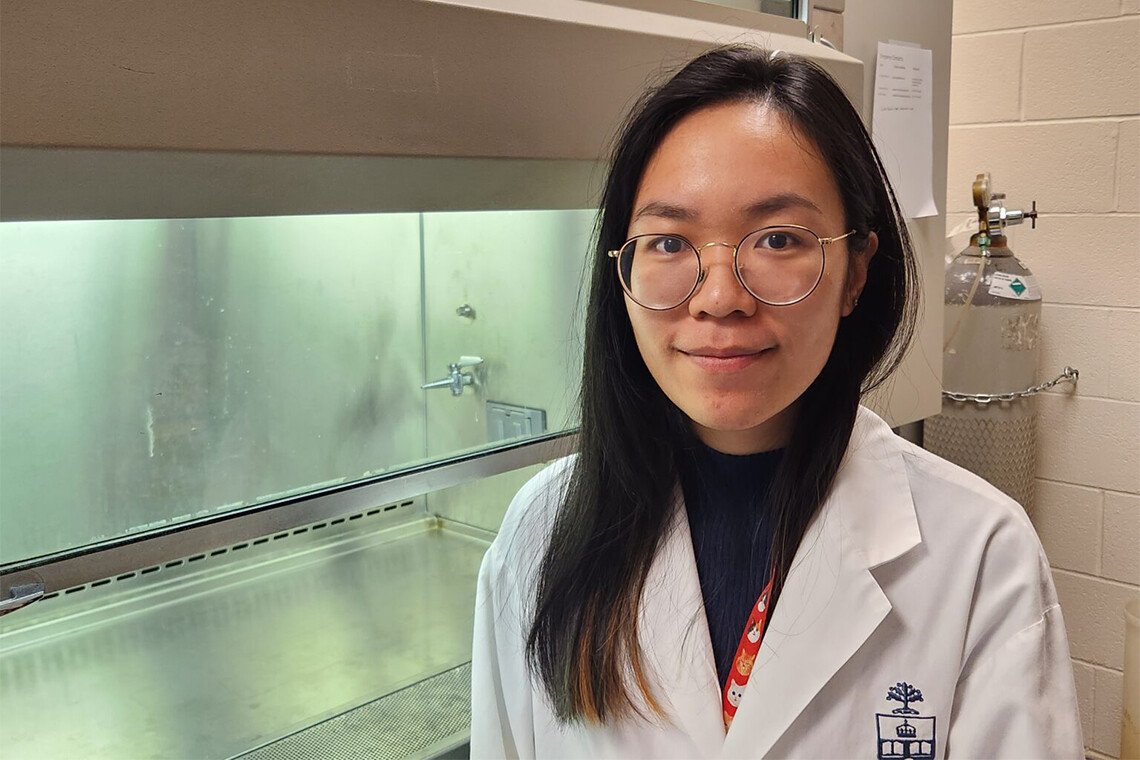Main Second Level Navigation
May 11, 2023
Research shows how boosting immune memory could help develop improved flu vaccine
Students, Research

PhD student Karen Yeung is one of the recipients of the inaugural EPIC Doctoral Awards for her work on boosting immune memory to enhance protection against influenza (supplied photo)


